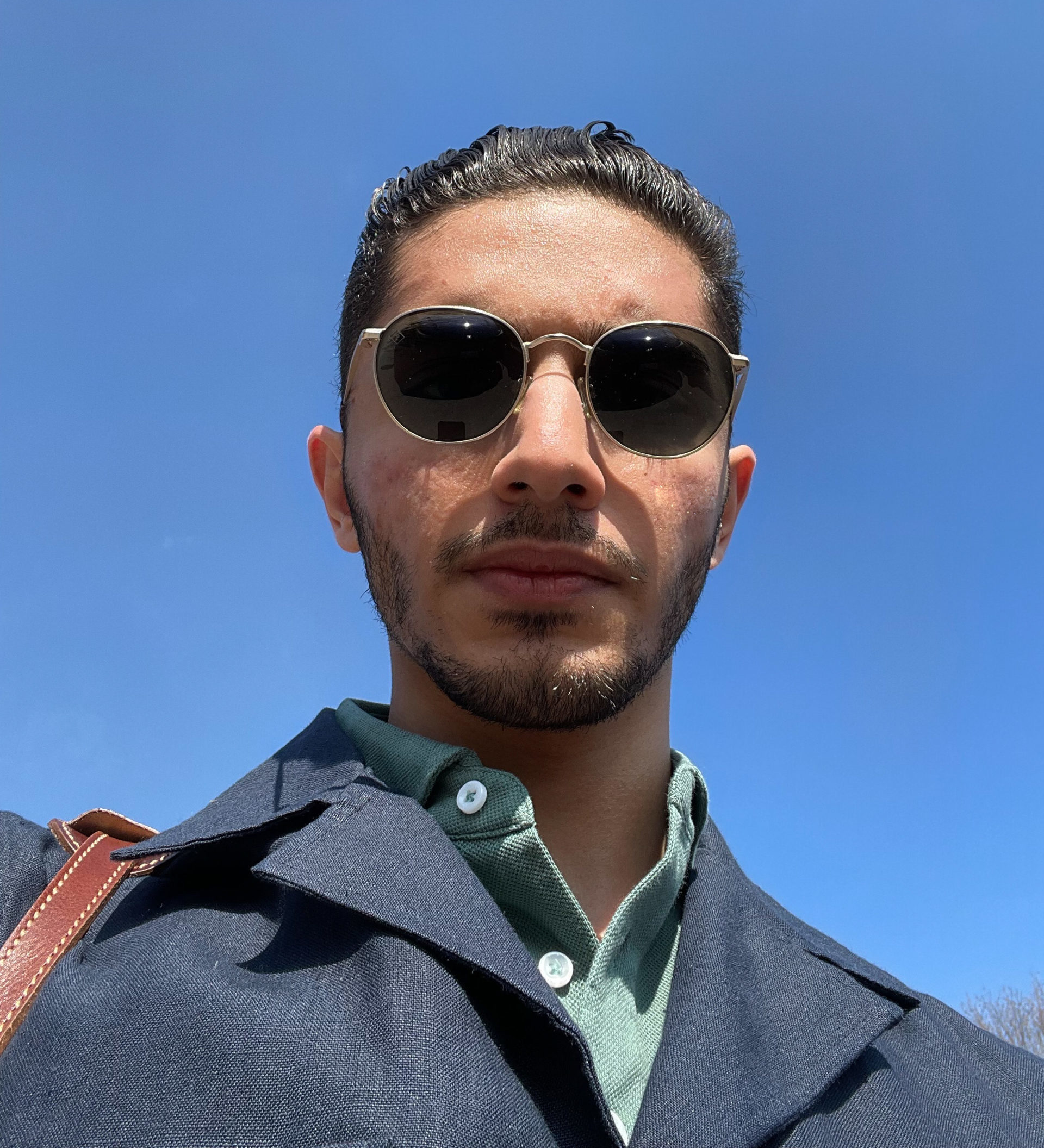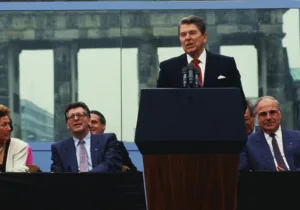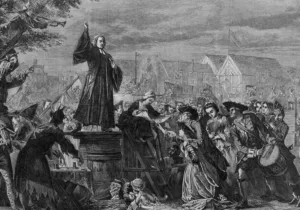Why Israel Should Support the Monarchists in Their Battle with the Islamists in Iran
Iran protests sparked in densely populated and rural regions of Iran, notably in Abadan and its neighboring cities yet for another time in April and May. The city and the people of Abadan are commonly portrayed as instantiating the ideal Islamic character. In the Islamic regime’s narrative, Abadan’s inhabitants represented the ideal Shiite who fought the First Gulf War (i.e. the Iran-Iraq war) for the preservation of the newly formed Islamic regime in Iran. The reality, however, is proving to be a slap in the face of the Islamic regime officials: the Khuzestan province and the city of Abadan — that had been commonly used to portray this ideal Islamic character — are now the very regions witnessing recurrent anti-regime, pro-monarchy, and pro-west protests.
In the most recent case, the protests sparked after the government announced an increase in the price of daily necessities including bread, oil, and dairy. The protests started in the Khuzestan province but quickly dispersed throughout Iran. In response, the Islamic regime in Iran shut off the internet and mobile data in select provinces and cities, disrupting the flow of information. More significantly, they brutally repressed freedom-seeking Iranians without attracting the attention of foreign media agencies.
This is not the first time such behavior has gone under reported. In 2019, during the Bloody Aban protests, more than 1,500 Iranians were shot dead by the Islamic regime security forces amidst a nationwide internet blackout. Reliable reports, including leaked medical reports obtained from hospitals across Iran, revealed that most protestors were shot directly in the head and the chest by Islamic Revolutionary Guard Corps (IRGC) snipers located on the rooftops.
The first wave of recent protests crested after the internet shut down. However, they sparked once again, this time shortly after a famous commercial tower in the city of Abadan collapsed. Metropol towers that collapsed were built without standard construction practices and licenses. The contractor of Metropol towers is linked to Mohammad Bagher Ghalibaf and Ali Shamkhani, two of the closest political and military figures to Khamenei, the supreme leader of the Islamic regime. They are also in close ties with the IRGC figures. Evidently, the heavily-corrupt hands of the IRGC is witnessed in licensing and construction of the towers that otherwise would have lacked legitimate licenses for construction.
Although anti-regime and pro-monarchy and pro-West protests are accelerating, it is hard to imagine the collapse of a totalitarian regime only with protests of the people. This is particularly true when the totalitarian regime in focus has diligently trained security forces to repress dissent (supported logistically and technologically by China and Russia).
Here is where Israel (and the West) could assist the Iranian opposition, both in morale and in practice. Israel has proven numerous times that it is serious in countering the threat of Islamists and their terrorist proxies. Israel’s sabotage inside of Iran is increasing day by day, having reached direct intervention to prevent the Islamic regime in Iran from reaching the nuclear breakout. Not only has Israel stolen highly-classified nuclear documents from Iranian facilities, but it has also carried out drone attacks on the regime’s nuclear facilities, and targeted killings of key IRGC figures. Prime Minister Naftali Bennett called his strategy toward Iran ‘death by a thousand cuts’.
Israel’s strategy is brilliant, but it is missing a crucial piece of the puzzle: harming the Islamic regime in Iran via sabotage, although necessary, is not enough. Without supporting the patriotic opposition movements, sabotage only slows the progress of the Islamic regime in reaching the nuclear bomb and its regional visions of spreading the Shiite ideology. To successfully terminate terrorist maneuvers of the Islamic regime, its opposition must be supported. The protests inside of Iran call for the return of the Crown Prince Reza Pahlavi — son of the late Shah of Iran, who was a close ally of Israel and the West, and the major stabilizing force in the Middle-East pre-1979. The monarchists (monarchist or constitutionalist is used interchangeably: they advocate for the return of Iranian constitutional monarchy) are a patriotic and liberal opposition that have the necessary societal support and the required political expertise to replace the Islamic regime. However, despite the Iranians calling for this change in all protests — chanting pro-monarchy slogans by praising Reza Shah the Great, who was one of the first Iranian kings to repress the currently governing clergy on a large scale — this opposition lacks a systematic coordination to effectively utilize the opportunities each protest bestows upon it. One reason for this shortcoming in the monarchist opposition is that the major regional and Western powers have not paid adequate attention to this missing piece of the puzzle.
Rather, opposition groups that have little to zero support inside of Iran have been emphasized and supported politically and economically, such as the unpopular and infamous People’s Mojahedin Organization of Iran (MEK) and other organizations who aim to establish a peculiar ‘republic’. Before 1979, MEK was the largest underground organization in Iran, carrying out terrorist attacks, targeting both Iranian and American military and civilians figures. To briefly review some of the MEK’s history of terror, they assassinated U.S. army Lieutenant Colonel Lewis L. Hawkins in 1973, and only two years later, they assassinated two other U.S. army officers in cold-blood. These assassinations occurred alongside many other schemes, particularly those targeting Iranian military figures and government officials, including the Shah and his family, some of which were successful. Further, organizations such as the MEK are unpopular for their Islamist-Marxist political ideology and for aiming to create a federation inside of the historical lands of Iran. For years, the MEK and their sympathizers have been receiving a great deal of attention from the United States and other Western countries, albeit not having any leverage inside of Iran due to the little support they have from the Iranian nation.
In total contrast, the Crown Prince Reza Pahlavi and his circle — the monarchists — are advocates of a constitutional monarchy based on a liberal democratic model. They aim to instill a regime that adheres to international laws. Monarchists are respected and renowned among the Iranians living inside of Iran, and this gives them a prominent leverage over other opposition groups. This is a golden opportunity for Israel and the West to establish a mutually beneficial relationship with the Iranian monarchists. Supporting Iranian monarchists is an investment for the future. The state Iranian monarchists advocate has stood the test of time: it was (before 1979) and can be — after the fall of the Islamic regime — a force for peace and prosperity for Iranians and for the Middle-East.






